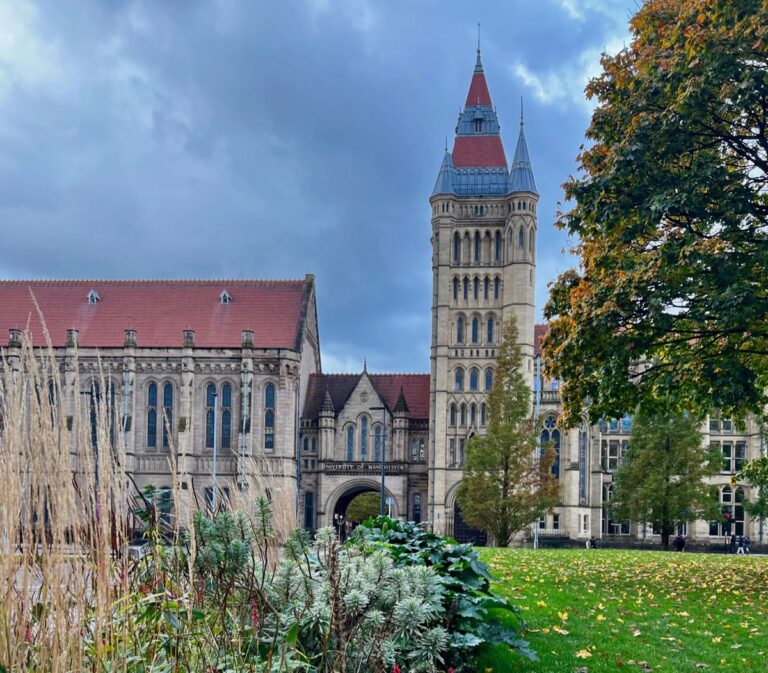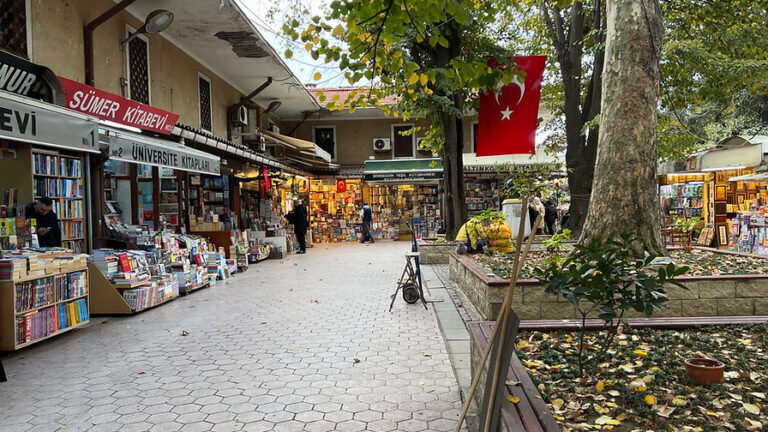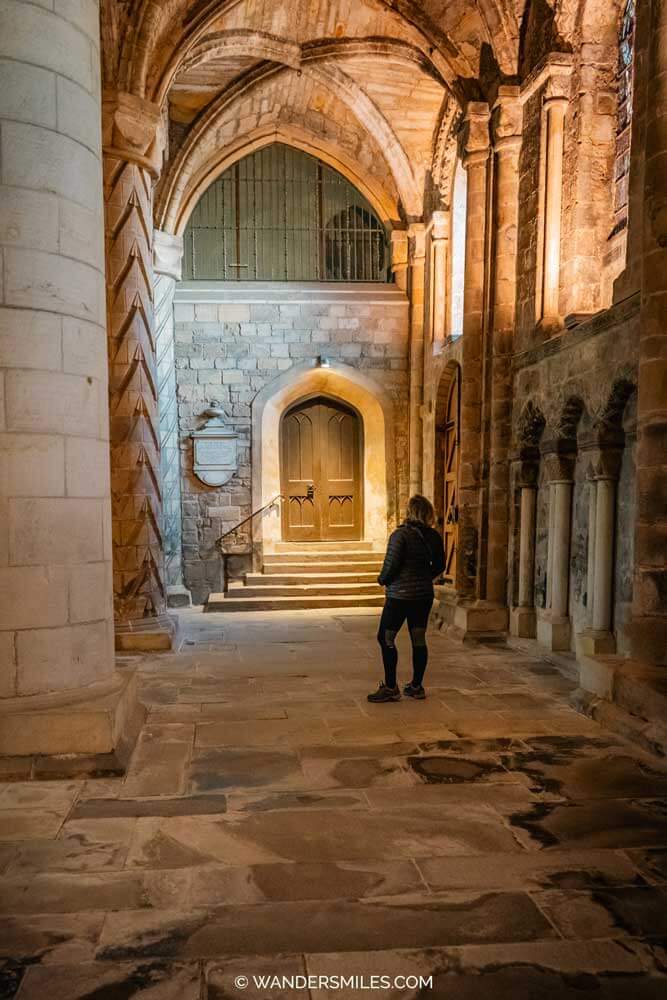Gran Paradiso stands proudly as the tallest mountain entirely within Italy, reaching an impressive 4,061 meters. Your adventure starts from Pont and includes an exhilarating glacier traverse that promises stunning views and a thrilling challenge. This journey typically spans two days, immersing you in the breathtaking beauty of Italy’s natural landscape. Whether you’re an avid mountaineer or a passionate adventurer, scaling Gran Paradiso offers an experience like no other, weaving through serene vistas and icy expanses that only the Italian Alps can provide. Have you ever wondered what it would be like to stand at the peak of Italy’s tallest mountain, Gran Paradiso? This article will take you on an epic journey through not only Gran Paradiso but also five other breathtaking alpine climbs in the region.
Search vacation packages & trips
Gran Paradiso: Tallest Mountain Solely in Italy
Gran Paradiso stands at an impressive 4,061 meters (13,323 feet) and is the tallest mountain entirely within Italy. This enchanting mountain is part of the Graian Alps and offers an unforgettable climbing experience with its panoramic views and fascinating alpine environment.
Starting Point: Pont
Your adventure on Gran Paradiso begins in the charming village of Pont. Nestled in the stunning Valsavarenche Valley, Pont serves as the gateway to this alpine challenge. The initial hike from Pont takes you through lush meadows and dense forests, providing a serene and gradual introduction to your ascent.
Glacier Traverse
One of the most thrilling parts of your Gran Paradiso climb is the glacier traverse. As you make your way up the mountain, you’ll encounter the sprawling Laveciau Glacier. This icy expanse requires not only physical preparation but also the right equipment, such as crampons and ice axes, to safely navigate its frozen surface.
Duration: 2 Days
Your climb to the summit of Gran Paradiso is typically a two-day adventure. The first day involves hiking to the base of the glacier, setting up camp, and preparing for the early morning summit push on day two. The reward for your effort? Spectacular panoramic views of the surrounding peaks and valleys.
Breithorn: A High-Altitude Gem from Switzerland/Italy
Breithorn, standing at 4,164 meters (13,661 feet), straddles the border between Switzerland and Italy. This mountain is known for its accessibility, making it an appealing option for climbers seeking a high-altitude adventure.
Accessibility via Lift
One of the standout features of Breithorn is its high accessibility. Climbers can take advantage of convenient cable car lifts from either Zermatt (Switzerland) or Cervinia (Italy) to reach an elevation of nearly 3,900 meters. This significantly reduces the physical demands of the climb and allows for a relatively easier ascent to the summit.
Traditional Routes: Zermatt and Cervinia
Whether you choose to start from Zermatt or Cervinia, Breithorn offers a relatively straightforward climb. From Zermatt, you’ll embark on a scenic journey through the Swiss Alps, while Cervinia presents an Italian perspective. Both routes converge near the summit, offering breathtaking views along the way.
Duration: 1 Day
Breithorn is often climbed in a single day, thanks to the assistance of the cable car lifts. Begin your climb early in the morning to take full advantage of the daylight and ensure a safe return to your starting point.
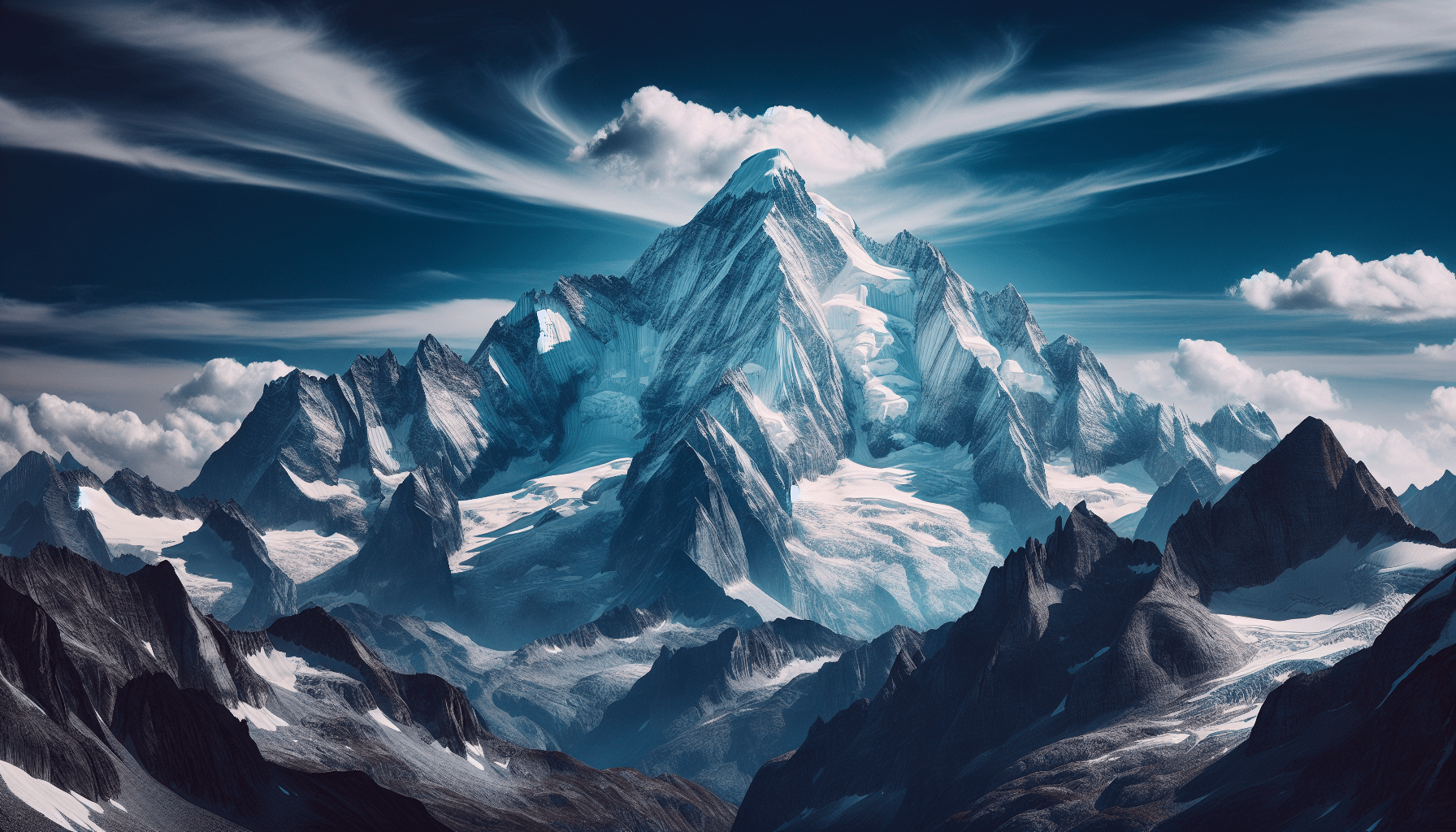
Top domestic vacation destinations
Aiguille du Tour: A Journey Through the Mont Blanc Massif
Aiguille du Tour rises to 3,540 meters (11,614 feet) and is part of the iconic Mont Blanc massif. This mountain straddles the border between France and Switzerland and offers climbers a unique and scenic ascent.
Part of the Mont Blanc Massif
Aiguille du Tour is located within the Mont Blanc massif, an iconic region known for its stunning peaks and picturesque landscapes. The massif attracts climbers from around the world, offering a wide variety of routes and experiences.
Approachable from Chamonix
Chamonix, the renowned French alpine town, serves as the primary base for climbers tackling Aiguille du Tour. From Chamonix, you’ll make your way up to the starting point of the climb, enjoying breathtaking views and immersing yourself in the alpine charm of the region.
Duration: 2 Days
Climbing Aiguille du Tour typically takes two days. The first day involves a moderate hike to a mountain hut, where you’ll spend the night. On day two, you’ll make your way to the summit, enjoying the awe-inspiring beauty of the Mont Blanc massif before descending.
Allalinhorn: An Easy Climb from Saas-Fee
Allalinhorn, reaching an elevation of 4,027 meters (13,212 feet), is known for its accessibility and relatively straightforward climb. It begins in the charming Swiss resort town of Saas-Fee and offers a compelling blend of adventure and alpine beauty.
Easy Climb Starting from Saas-Fee
Allalinhorn’s appeal lies in its ease of access. From Saas-Fee, climbers take a cable car to the Mittelallalin station, which sits at an impressive altitude of 3,457 meters. This significantly reduces the overall elevation gain for the climb.
Glacier Ascent from Mittelallalin
From Mittelallalin, the ascent involves crossing the Fee Glacier. This glacier traverse requires climbers to use crampons and ice axes to safely navigate the icy terrain. Despite the relatively straightforward nature of the climb, the glacier adds an element of excitement to the adventure.
Duration: 1 Day
Allalinhorn is often climbed in a single day, making it an excellent choice for those with limited time. The combination of the cable car lift and glacier traverse ensures a memorable and efficient climbing experience.
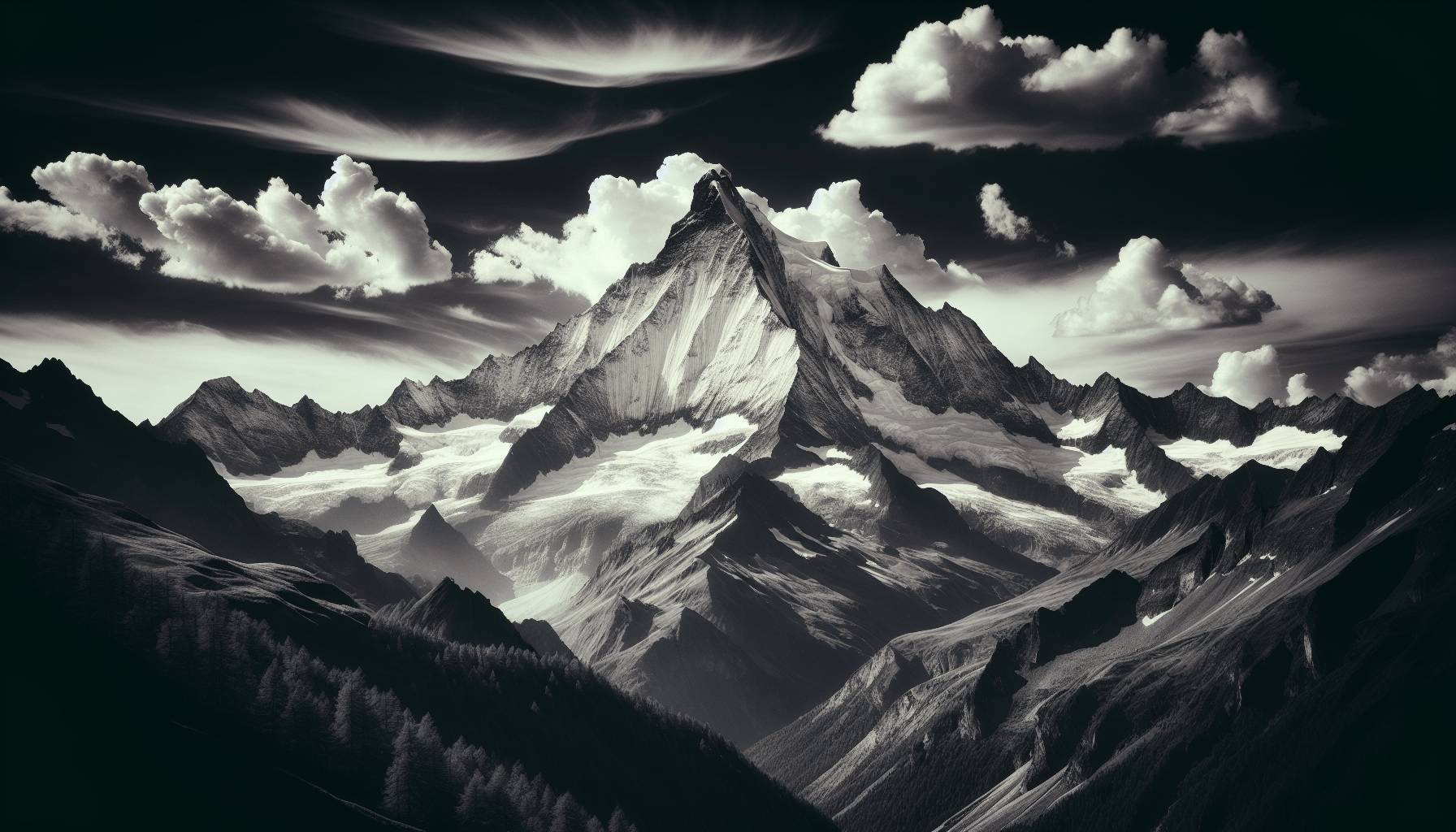
Bishorn: Awe-Inspiring Panoramic Views in Switzerland
Bishorn, situated at 4,153 meters (13,625 feet), offers climbers a stunning alpine experience and panoramic views. This mountain is known for its rewarding hike and glacier crossing, making it a sought-after destination for alpine enthusiasts.
Starting Point: Zinal
The journey to Bishorn begins in the picturesque Swiss village of Zinal. Nestled in the Val d’Anniviers, Zinal provides a serene and scenic starting point for your climb. As you set off from Zinal, you’ll trek through alpine meadows and lush forests, gradually gaining elevation.
Hike and Glacier Crossing
Bishorn’s climb involves a combination of hiking and glacier crossing. You’ll encounter the Turtmann Glacier, which requires appropriate gear and careful navigation. The varied terrain adds an element of adventure to your ascent, making the climb a memorable experience.
Panoramic Views
One of the highlights of climbing Bishorn is the breathtaking panoramic views from the summit. As you stand at the top, you’ll be rewarded with sweeping vistas of surrounding peaks, valleys, and pristine alpine landscapes.
Duration: 2 Days
Climbing Bishorn typically takes two days. The first day involves a hike to a mountain hut, where you’ll spend the night. On day two, you’ll make the final push to the summit, savoring the spectacular scenery before descending.
General Notes for Climbing in the Alps
Whether you’re tackling Gran Paradiso or any of the other stunning peaks mentioned, there are some essential notes to keep in mind for a safe and enjoyable climb.
Best Season: June-September
The optimal climbing season for the Alps is from June to September. During these months, the weather is more favorable, and snow conditions are generally more stable. Plan your climb within this window to maximize your chances of a successful and enjoyable experience.
Importance of Using Professional Guides
Hiring a professional guide is highly recommended for alpine climbing, regardless of your experience level. Guides have extensive knowledge of the routes, weather conditions, and safety protocols, ensuring a more secure and enjoyable climb.
Necessary Equipment
Alpine climbing requires specific gear to ensure your safety and success. Essential equipment includes:
- Crampons: Essential for traversing glaciers and icy terrain.
- Ice Axes: Useful for stability and self-arrest on steep slopes.
- Climbing Harness: Provides security on technical sections of the climb.
- Ropes: Important for safety and protection on glaciated terrain.
- Proper Clothing: Layered clothing, including thermal wear and waterproof outer layers.
- Helmet: Protects against falling debris or ice.
Summary Table for Quick Reference
To help you quickly compare the details of these alpine climbs, here’s a summary table:
| Mountain | Location | Elevation (m) | Starting Point | Glacier Traverse | Duration |
|---|---|---|---|---|---|
| Gran Paradiso | Italy | 4,061 | Pont | Laveciau Glacier | 2 days |
| Breithorn | Switzerland/Italy | 4,164 | Zermatt/Cervinia | None | 1 day |
| Aiguille du Tour | France/Switzerland | 3,540 | Chamonix | None | 2 days |
| Allalinhorn | Switzerland | 4,027 | Saas-Fee | Fee Glacier | 1 day |
| Bishorn | Switzerland | 4,153 | Zinal | Turtmann Glacier | 2 days |
Conclusion
Climbing in the Alps offers an exhilarating blend of adventure, challenge, and unparalleled natural beauty. Whether you choose to conquer Gran Paradiso, Breithorn, Aiguille du Tour, Allalinhorn, or Bishorn, each of these peaks provides a unique and memorable experience. Remember to plan your climb carefully, use professional guides, and equip yourself with the necessary gear to ensure a safe and rewarding alpine adventure. Happy climbing!



